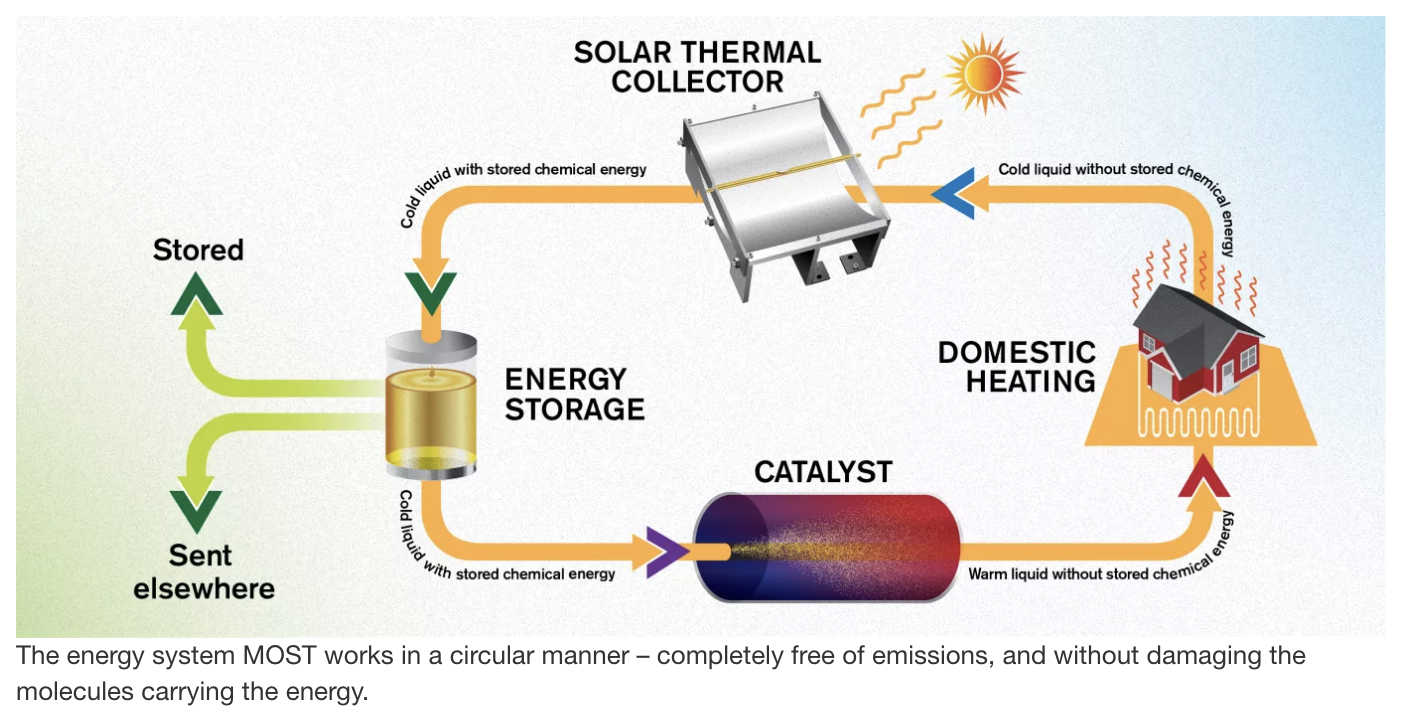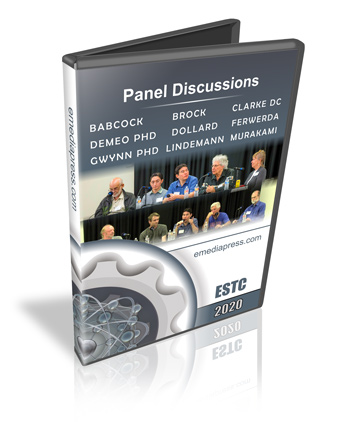A few months ago, an article was released in Science Advances describing how Chinese researchers turned copper into “gold” by blasting it with hot, charged argon gas.
This blasting process knocks off the copper atoms, which are then collected as a very micronized copper sand that has very different properties. This modified copper dust is used as a catalyst to turn coal into alcohol.
While the copper did not actually turn into real gold, it has the same catalytic properties of precious metals such as silver and gold. It also resists oxidation and high temperatures.
The implications are potentially very large. Gold and silver are used in electronics, but of course is very expensive but if copper can be made to have catalytic or electrical properties that are similar to gold or silver, it could be a game-changer.
The full article is here: https://www.scmp.com/news/china/science/article/2179209/chinese-scientists-turn-copper-gold




